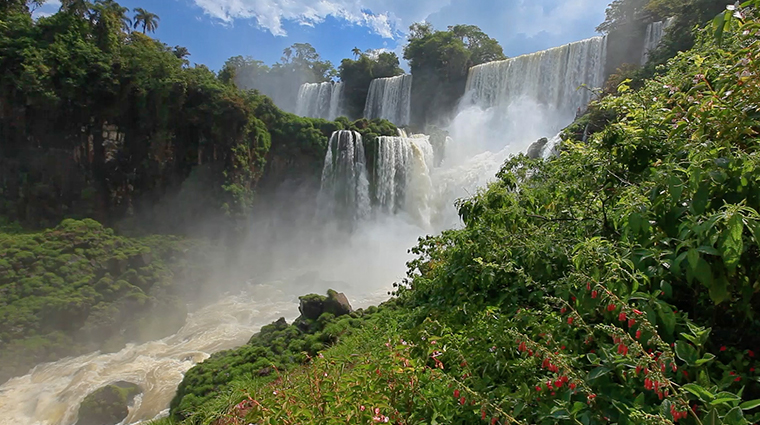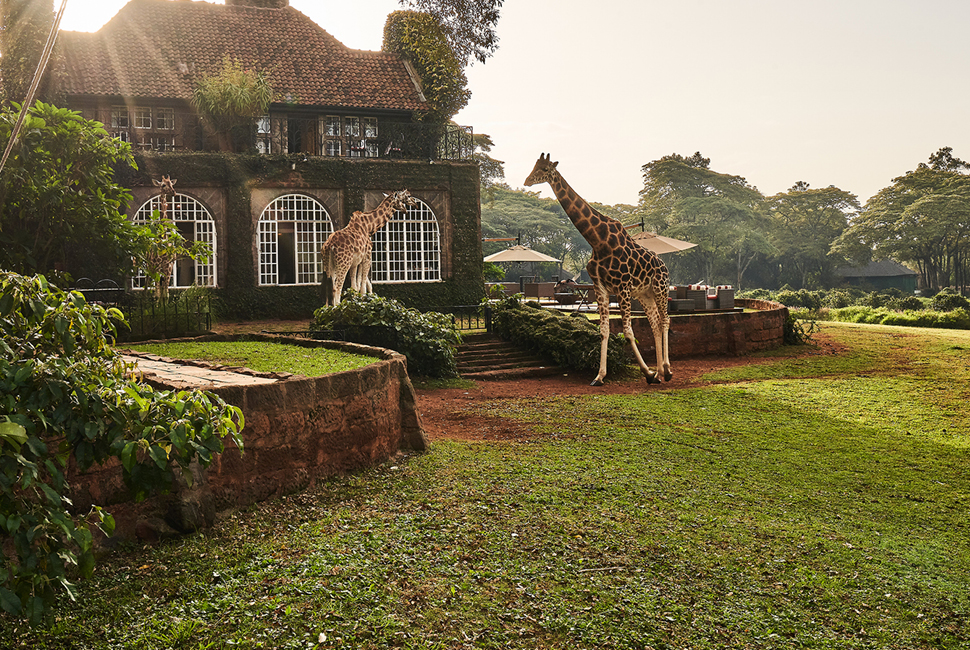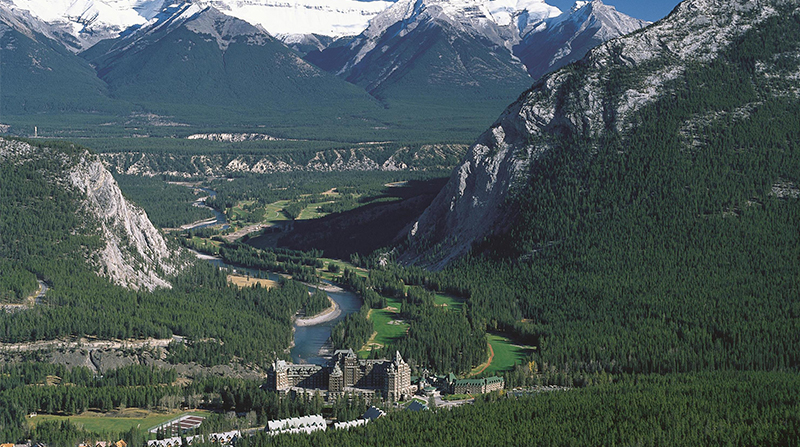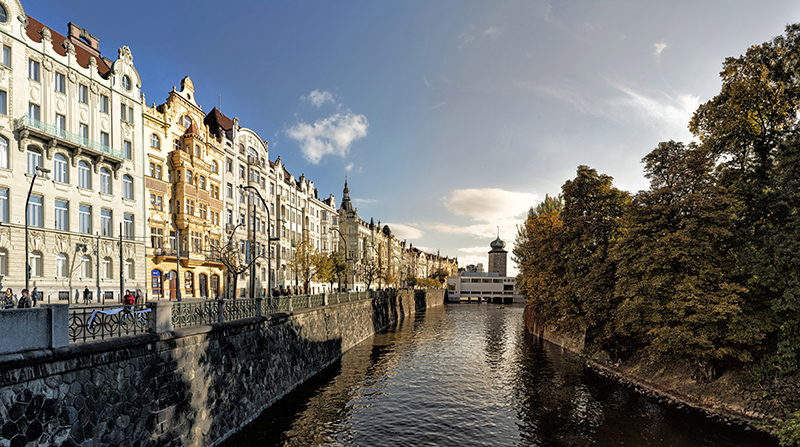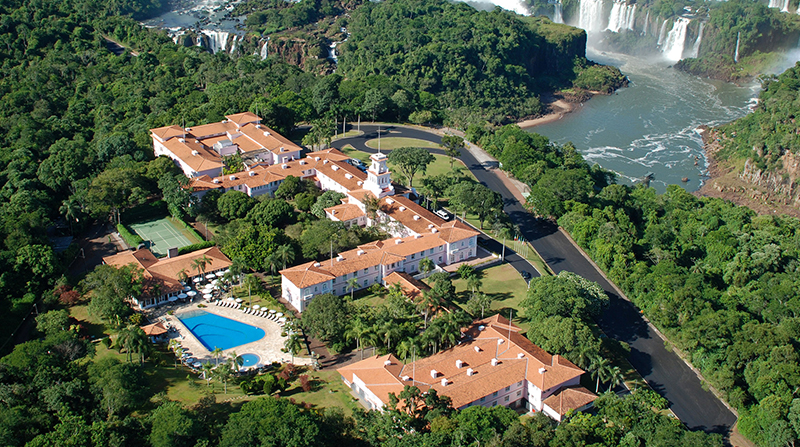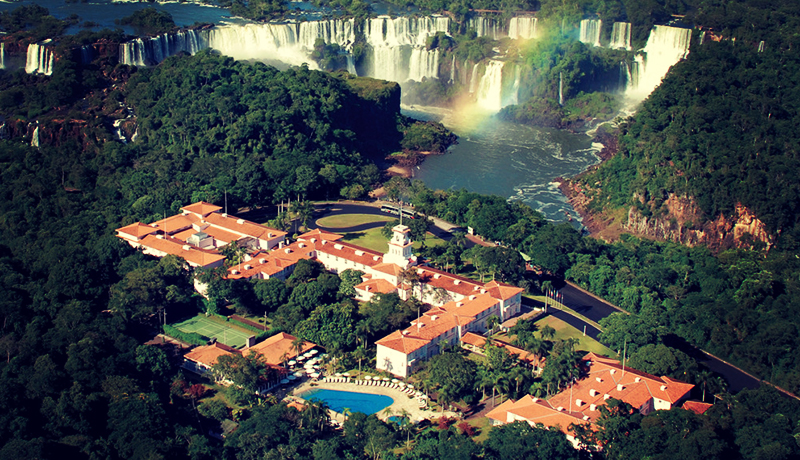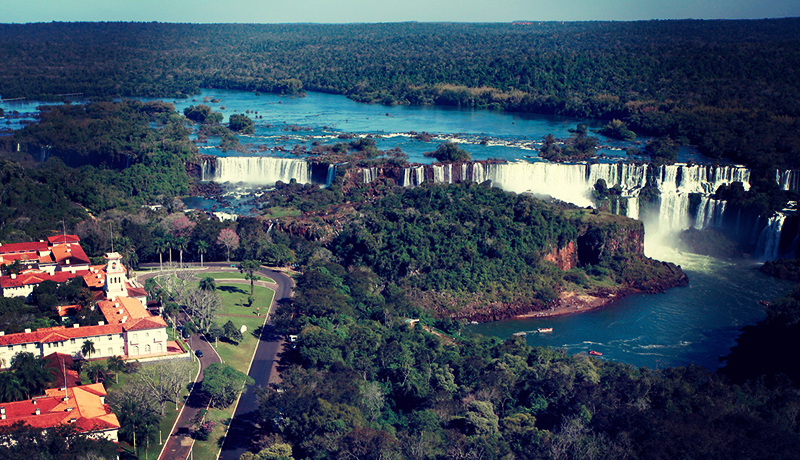Iguassu Falls

It takes seeing Iguassu Falls to believe it. It’s so majestic, so powerful and so spectacular that most visitors can’t help but stand there with their jaws dropped. To give you an idea: The natural wonder is taller than Niagara Falls and three times as wide.
Spanning 1.7 miles, the U-shaped falls have 275 cascades. At the steepest drop, they crash 269 feet below in what is called Devil’s Throat. Elevated walking paths and well-constructed trails grant you practically endless angles and vantage points to see the falls — you can get right next to them and feel the roar and the mist. (Tour operators also run wet and wild, though safe, boat tours that take you even closer, as well.)
Because geographic boundaries can’t contain Iguassu Falls, it flows in both Argentina and Brazil, and Paraguay also is right nearby. About 75 to 80 percent of the falls is within Argentine territory with the remainder in Brazil. The area resides in two UNESCO World Heritage Sites: Brazil’s Iguaçu National Park and Argentina’s Iguazú National Park. As the saying goes, you see the falls on the Brazilian side, but you live them on the Argentine side.
There is even more to Iguassu than its falls, though that for many would be incredible enough. A lush, protected rainforest surrounds the falls and is home to a spectacular array of flora and fauna, including jaguars, toucans and coatis (a member of the raccoon family).
Brazil and Argentina have separate airports and towns serving the falls: Iguazú in Argentina and Foz do Iguaçu in Brazil. Where you choose to go is up to you. But to properly conquer the falls, you’ll want to experience both so that you won’t miss out on any views or trails. But don’t forget that doing so requires crossing international borders. Entering Brazil with a U.S. passport requires a visa, and Argentina mandates a reciprocity of US$160 to be paid in Argentina.
Spanning 1.7 miles, the U-shaped falls have 275 cascades. At the steepest drop, they crash 269 feet below in what is called Devil’s Throat. Elevated walking paths and well-constructed trails grant you practically endless angles and vantage points to see the falls — you can get right next to them and feel the roar and the mist. (Tour operators also run wet and wild, though safe, boat tours that take you even closer, as well.)
Because geographic boundaries can’t contain Iguassu Falls, it flows in both Argentina and Brazil, and Paraguay also is right nearby. About 75 to 80 percent of the falls is within Argentine territory with the remainder in Brazil. The area resides in two UNESCO World Heritage Sites: Brazil’s Iguaçu National Park and Argentina’s Iguazú National Park. As the saying goes, you see the falls on the Brazilian side, but you live them on the Argentine side.
There is even more to Iguassu than its falls, though that for many would be incredible enough. A lush, protected rainforest surrounds the falls and is home to a spectacular array of flora and fauna, including jaguars, toucans and coatis (a member of the raccoon family).
Brazil and Argentina have separate airports and towns serving the falls: Iguazú in Argentina and Foz do Iguaçu in Brazil. Where you choose to go is up to you. But to properly conquer the falls, you’ll want to experience both so that you won’t miss out on any views or trails. But don’t forget that doing so requires crossing international borders. Entering Brazil with a U.S. passport requires a visa, and Argentina mandates a reciprocity of US$160 to be paid in Argentina.
